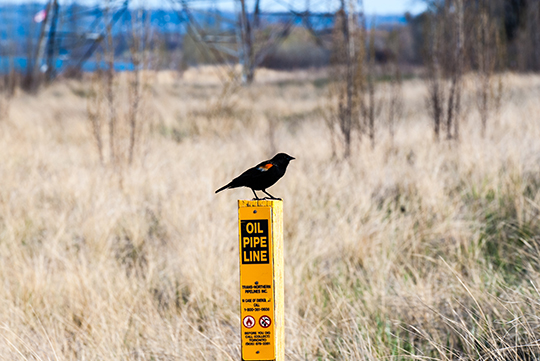Engineering Assessments for Transmission and Midstream Pipeline Assets
The Critical Role of Engineering Assessments for Pipeline Safety and Regulatory Compliance
The application of Engineering Assessments (EAs) will increasingly be required in the pipeline industry to demonstrate fitness-for-service and appropriate safety margins to key stakeholders across the sector, including regulators and the public.
From a US perspective, with the release of the first phase of PHMSA’s “Gas Mega Rule” which came into effect on July 1st, 2020, along with the migration from prescriptive to performance-based approaches, Operators will be required to apply Engineering Critical Assessments (ECA) to maximum allowable operating pressure (MAOP) reconfirmation and remaining flaw assessments. From a Canadian perspective, Operators will continue to be guided by CSA Z662 requirements to apply Engineering Assessments for demonstrating safe pipeline operations.
However, compliance is only part of the picture as changes in corporate governance and public expectations demand improved safety and reliability. Without advanced engineering assessments, compliance efforts may lead to replacement of pipe that is otherwise-fit forservice, resulting with the dilution of resources, and missed opportunities to improve reliability and safety.
In developing a fitness for service framework for each of the key threats and conditions, best science, and engineering practices available in the industry should be balanced with economic, business, and societal considerations. It is important for pipeline operators to focus on optimizing resources with a thorough evaluation of their current integrity management programs to assure desired safety and reliability performance.
Building for the Future – Conditions and Fitness for Service Uncertainty

What is at stake?
In the upcoming years ahead, massive resources will be required to replace pipe or conduct other material integrity activities on pipelines that are fit-for-service. Given the limited cost structure of the industry, it is critical every dollar spent goes toward improving safety and reliability performance.
What are the key threats and conditions?
The following key threats and conditions that engineering assessments can address include bare pipe, wrinkle bends, hard spots, historically problematic seam welds, body-seam-girth weld cracking, significant metal loss, leak history, coating issues, grandfathered MAOP, nonSubpart J pressure tests, material record gaps, pigability, inadequate CP, gas contaminants, previous special permit denial, and interacting threats.
Engineering Assessment Support for Pipeline Operators
Dynamic Risk partners with industry leaders across the Transmission and Midstream industries to lead and facilitate the development of Integrity Management Programs (IMP) and support of advanced engineering assessments to address regulatory requirements effectively and efficiently. Our network of subject matter experts works collaboratively with our clients to meet the requirements of PHMSA’s Gas Mega Rule and CSA’s class change provisions.
Contact us today to ensure the integrity of your pipeline assets are being effectively and efficiently managed for safe and reliable operations, including compliance with both federal and state/provincial regulators. Our experts have strong domain expertise within pipeline integrity management and are here to support your engineering assessment programs across the entire asset lifecycle.



